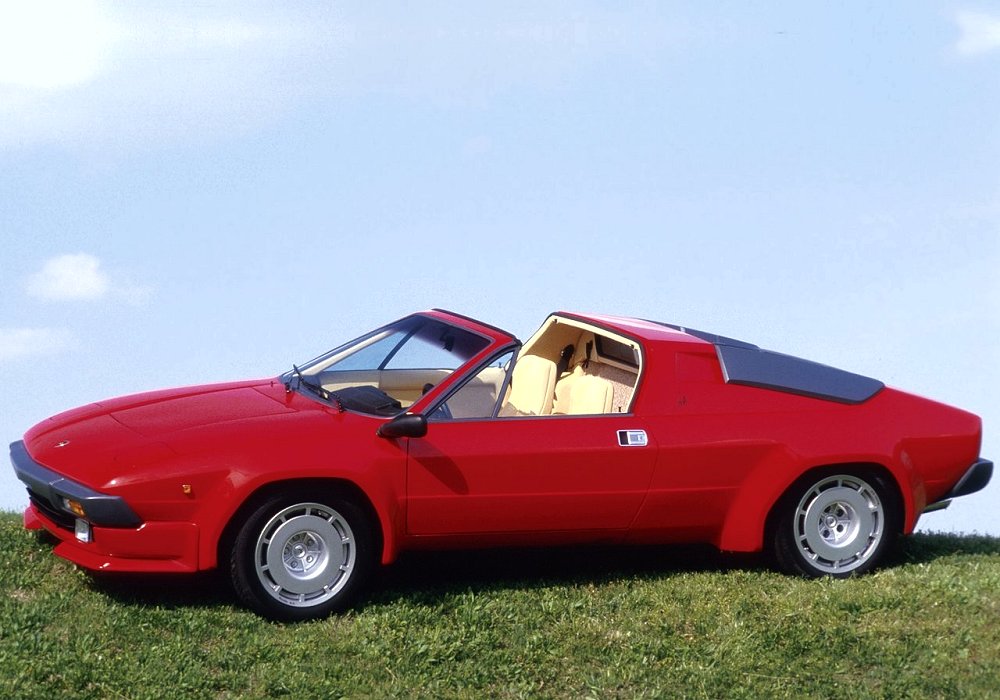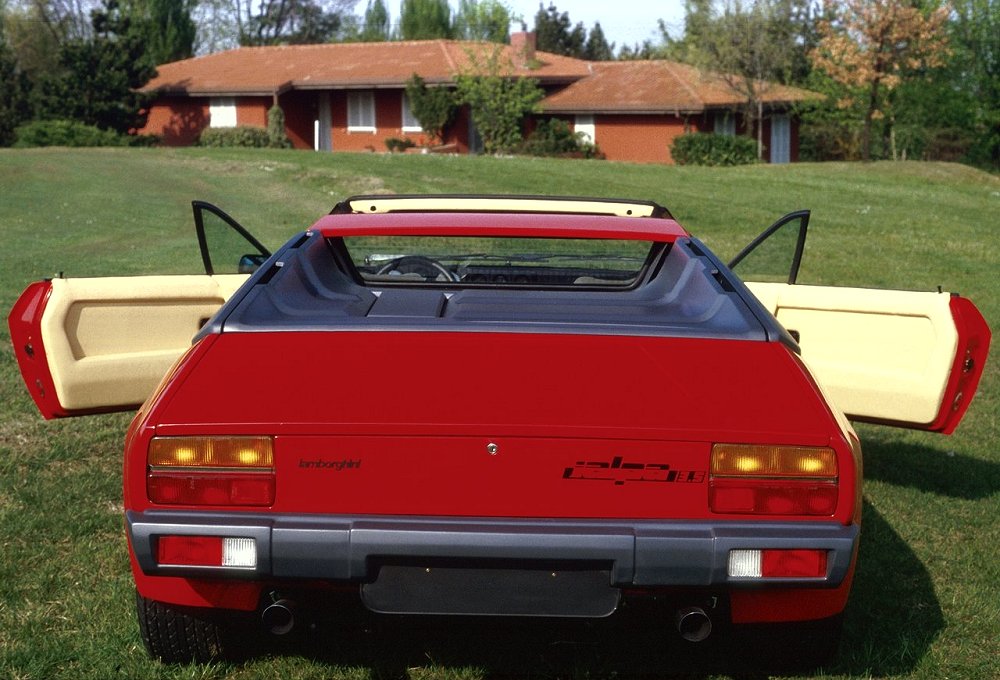Description
The Lamborghini Jalpa 3.5, introduced in 1981, was the final and most developed evolution of Lamborghini’s V8 lineage that began with the Urraco and Silhouette. Designed to be more practical and refined than the radical Countach, yet still embodying Lamborghini’s performance DNA, the Jalpa 3.5 offered an ideal balance between power, usability, and Italian style. It was the last production Lamborghini to feature a naturally aspirated V8 mounted transversely behind the seats—a configuration that combined the mechanical purity of the 1970s with the sophistication and confidence of the 1980s.
The Jalpa was born under Ferruccio Lamborghini’s long-standing vision of creating a “junior” Lamborghini—a car that retained the brand’s exotic character but was easier to drive, maintain, and live with. The name “Jalpa” continued the company’s tradition of bullfighting references, derived from a famous breed of fighting bull. Developed under the direction of engineer Giulio Alfieri, and designed by Marcello Gandini at Carrozzeria Bertone, the Jalpa 3.5 evolved directly from the Lamborghini Silhouette but was significantly re-engineered and restyled to appeal to a wider audience.
The Jalpa’s design reflected the maturing aesthetic of the early 1980s. It retained the sharp, angular lines characteristic of Gandini’s earlier work but appeared more refined and cohesive. The silhouette was low and compact, with a forward cabin, integrated bumpers, and a wide stance that projected both aggression and elegance. The distinctive targa-style roof panel could be removed and stowed behind the seats, giving the car a dual personality—open and relaxed on sunny days, taut and purposeful with the roof in place. The rear deck was characterized by large, horizontal louvres over the engine bay, while the car’s clean surfaces and crisp geometry gave it a timeless, architectural precision.
Power came from Lamborghini’s enlarged 3,485 cc all-aluminium V8 engine, a development of the 3.0-litre unit used in the Silhouette. It featured dual overhead camshafts per bank and four twin-choke Weber 42 DCNF carburetors, producing 255 horsepower at 7,000 rpm and 315 Nm of torque at 3,500 rpm. The engine’s increased displacement and revised compression gave it a deeper, more muscular tone, while maintaining the high-revving character that made Lamborghini’s V8s so distinctive. Power was transmitted through a five-speed manual gearbox to the rear wheels, allowing the Jalpa to accelerate from 0 to 100 km/h (62 mph) in around 6 seconds and reach a top speed of approximately 250 km/h (155 mph).
The chassis carried forward the proven layout of the Silhouette, with a steel monocoque structure and fully independent suspension using MacPherson struts at both front and rear. Ventilated disc brakes and rack-and-pinion steering ensured confident control, while the revised suspension geometry gave the Jalpa a more compliant ride and improved handling predictability. The car was notably easier to drive than its predecessors, offering light steering and smooth power delivery, making it suitable for both spirited driving and everyday use—a rare combination in an Italian exotic of its era.
Inside, the Jalpa 3.5 offered a cabin that was both luxurious and functional. The low driving position, sculpted leather seats, and wraparound dashboard created a sense of intimacy and focus. The instrumentation was straightforward and clearly arranged, with large round dials and aircraft-style switches that emphasized the car’s mechanical honesty. Air conditioning, power windows, and quality sound insulation added a touch of grand touring comfort, reflecting Lamborghini’s aim to broaden the Jalpa’s appeal beyond hardcore enthusiasts.
On the road, the Jalpa delivered a rewarding and involving driving experience. The V8’s linear power delivery and crisp throttle response gave it a sense of immediacy, while the five-speed gearbox was precise and satisfying to use. The handling was balanced and forgiving, with predictable mid-engine dynamics that inspired confidence even at high speeds. Unlike the demanding Countach, the Jalpa could be driven with ease in traffic or on long journeys, yet it remained capable of thrilling performance when pushed hard. Its exhaust note—deep, resonant, and unmistakably Italian—added to the emotional connection between driver and machine.
Production of the Lamborghini Jalpa 3.5 continued until 1988, with approximately 410 examples built, making it the most successful model in Lamborghini’s V8 lineage. Available in both left- and right-hand drive, it was offered in a range of vibrant exterior colours that reflected the exuberance of the 1980s, often paired with contrasting leather interiors. Its combination of performance, usability, and relatively attainable pricing made it one of the most appealing sports cars of its time.
The Jalpa marked the end of an era for Lamborghini. It was the last model developed during the company’s turbulent years before Chrysler’s acquisition in 1987, and the final Lamborghini to use a transversely mounted engine—a configuration that traced its lineage back to the Miura. When production ended, the Jalpa quietly closed the chapter on the company’s V8 era, as Lamborghini turned its focus toward the all-wheel-drive, V12-powered Diablo.
Today, the Lamborghini Jalpa 3.5 is celebrated as one of the brand’s most underrated classics. It combines the charisma of the 1970s Bertone designs with the usability and refinement of the 1980s, offering a driving experience that is both visceral and approachable. Its rarity, balanced performance, and historical importance make it a coveted choice among collectors seeking a more human-scaled Lamborghini—one that embodies the brand’s passion and precision without overwhelming its driver. In the Jalpa 3.5, Lamborghini achieved a near-perfect synthesis of style, sound, and practicality—a car that remains as engaging and distinctive today as when it first appeared.


